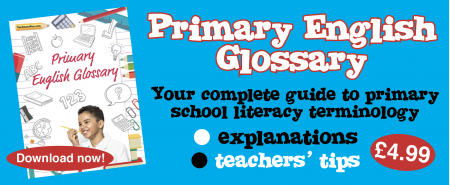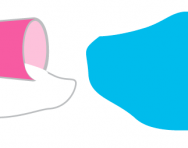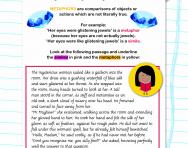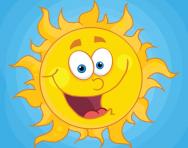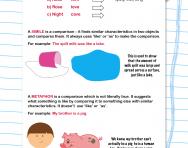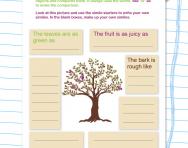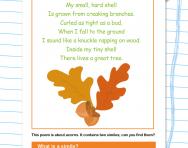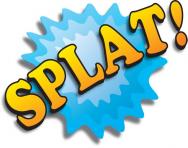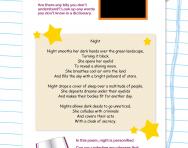What is a metaphor?
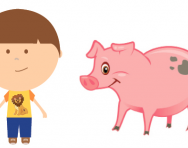
What is a metaphor?
A metaphor is a comparison which is not literally true. It suggests what something is like by comparing it with something else with similar characteristics.
For example: 'My brother' is a piglet is a metaphor.
This statement isn't literally true – a child cannot be a pig – but the brother can share a pig's characteristics, like eating lots or liking to play in the mud!
Unlike a simile, metaphors do not use the words 'like' or 'as'.
Simile: My brother is as greedy as a piglet.
Metaphor: My brother is a piglet.
Metaphor examples
These are the kinds of metaphors we might hear in everyday use:
| Life is a journey | Our lives are not journeys from one place to another, but we talk about them this way because they have some of the same characteristics as journeys. |
| We are all in the same boat | We say this when people's circumstances are the same (but they are not in an actual boat or on water!). |
| You had him in the palm of your hand | This expression means that you someone under your total control. |
| My knight in shining armour | This phrase is meant to express the fact that someone is as brave as a knight. |
| My memory is a little foggy | This expression conveys that someone has a poor memory, and uses fog to convey the fact that things cannot be remembered clearly. |
| Education is a gateway to success | This means that education ensures success. The idea of a gateway makes the concept clearer and perhaps more vivid to the listener. |
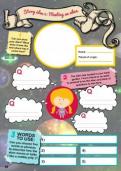
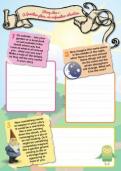
Download a FREE Creative Writing toolkit!
- KS1 & KS2 workbooks
- Bursting with fill-in prompt sheets and inspiring ideas
- Story structure tips, style guides and editing suggestions
Metaphors in primary school
Teachers will tend to start talking about metaphors in Year 5 and 6 (or possibly with able Year 4 pupils). They may comment on them when reading stories or poems, and they may encourage children to use metaphors in their own writing.
Metaphors are commonly used in poetry. For example:
...love... is the star to every wandering bark...
In Sonnet 116 William Shakespeare uses a metaphor (stating that love is a star) to compare love to the north star, fixed for every bark (boat).
Our two souls therefore, which are one,
Though I must go, endure not yet
A breach, but an expansion,
Like gold to airy thinness beat.
If they be two, they are two so
As stiff twin compasses are two;
Thy soul, the fixed foot, makes no show
To move, but doth, if the other do.
In his poem A Valediction: Forbidding Mourning, John Donne uses metaphors to describe the souls of two people in love. The souls are a piece of gold, which can be beaten very thin but will expand; they are also the two legs of a compass, always linked even when one leg moves.
Working in the classroom, a teacher might read a poem with the children and ask them to identify the metaphors used. Children might discuss what all the different phrases mean before the teacher goes onto discussing the metaphors and why they were chosen. The idea of activities like these is to help children to understand that metaphors make writing more effective and can bring a subject alive for a reader.

Give your child a headstart
- FREE articles & expert information
- FREE resources & activities
- FREE homework help

